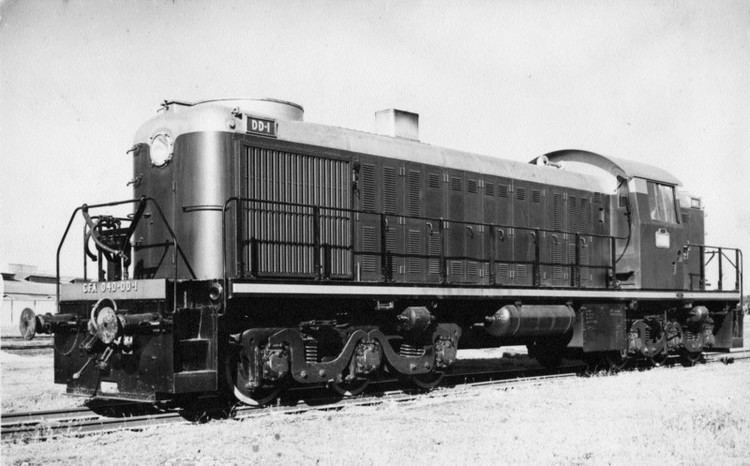Power type Diesel-electric Total produced 86 | Builder ALCO AAR wheel arr. A1A-A1A | |
 | ||
Model E-1661A, E-1661B, E-1661C Gauge 4 ft 8 ⁄2 in (1,435 mm) standard gauge1,668 mm (5 ft 5 ⁄32 in) (CP) | ||
The ALCO RSC-2 was a diesel-electric locomotive of the road switcher type that rode on three-axle trucks, having an A1A-A1A wheel arrangement.
Used in much the same manner as its four-axle counterpart, the ALCO RS-2, though the wheel arrangement lowered the axle load for operation on light rail such as are found on branch lines.
The Milwaukee Road was the first railroad to take delivery of the RSC-2, initially assigning them to their Valley Division (headquartered near Wausau, Wisconsin) in November 1946. This was done in order to study the effects of an all-diesel roster (i.e. no steam locomotives available as protection power). The experiment was deemed a success, and soon all steam locomotives were gone from the Valley Division. RSC-2s would faithfully serve the Milwaukee Road for many years, until being replaced in turn by the EMD SDL39.
ALCO also exported these units to the state railway of Portugal, where Portuguese Railways (CP) designated them Série 1500. These locomotives were built for the Iberian track gauge of (1,668 mm (5 ft 5 21⁄32 in)). The last units in Portugal served in regular passenger service into the first decade of the 21st century. Of these, five are still running today, 60 years after their arrival (one is a museum locomotive, while the other four are owned by track maintenance companies). Five units were exported to the Algerian National Railways where they were used in passenger train service.
